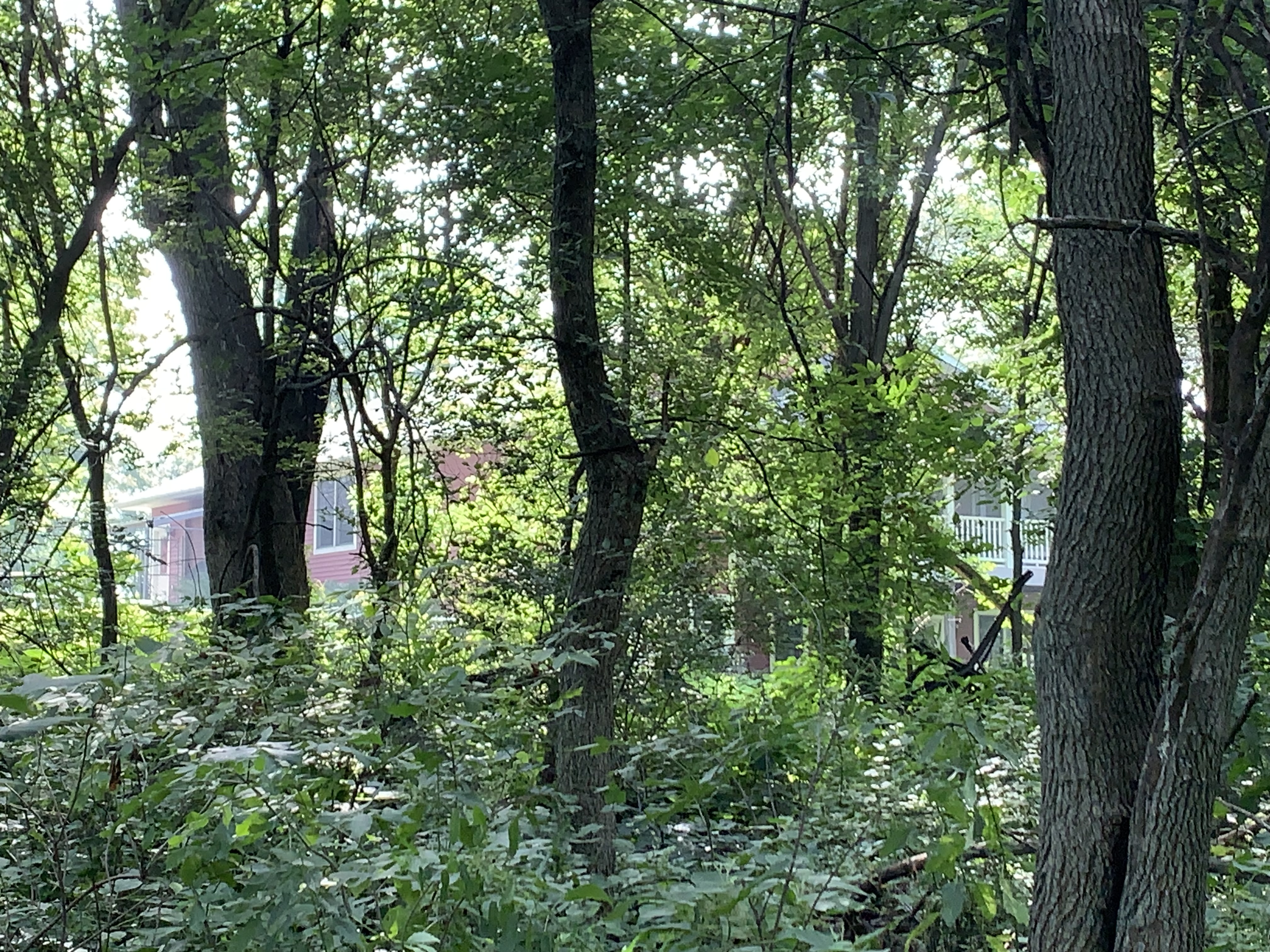Wherever I walk on Owl Acres, there’s a living web under my feet holding it all together. That web is created by a particular type of fungus called mycorrhizal fungi. Sometimes they pop up various varieties of mushrooms like the beloved morels, but generally they are busy doing other things.
Mycorrhizal fungi consist of a net of tubes called hyphae. Hyphae are so fine that 20 million of them can exist in a single gram of soil. Each hypha has a growing tip, and these tips direct the direction and speed of growth. And here’s where it gets interesting. The hyphae are not just blindly charging ahead in hopes of accidentally tripping over something they need. The hyphae are actually sensitive to light, including its direction, intensity and color. They are also sensitive to texture, temperature, moisture, nutrients, toxins, electrical fields, and a plethora of chemical signals. They avoid obstacles as they grow and also grow toward potential places of interest. And somehow they coordinate their activities across the networks.
So, using its hyphae, the fungus can reach out to explore the world around itself. When the fungus finds a suitable plant, it buddies up to the roots. If it’s the right plant, it either sends its hyphae into the roots just below the surface, or it forms a sheath around the roots. In either case, now the fungus can exchange things like water and nutrients with the plant. Some mycorrhizal fungi are plant-specific, only cozying up to a certain species. Others, however, are generalists, with a whole spectrum of partners. And the plants and the fungi aren’t exclusive either. One plant might be connected to many different fungi, and one fungi might be connected to many different plants. Ninety percent of plants, including most trees, shrubs, grasses and cacti as well as most agricultural plants welcome mycorrhizal fungi as partners, reaping multiple benefits for the plants.
The hyphae are impossibly tiny tubes only a couple of microns in diameter. Because they are so thin and so numerous, the hyphae effectively increase the surface area of the plant’s roots for the purposes of absorbing water and nutrients. The hyphae can remain separate, or can join together with other hyphae to form elaborate structures.
Mycorrhizal fungi also act as pipelines between the trees and other plants in their networks. Along with transporting water and nutrients, the fungi can transport carbon from one plant to another. They also act as messengers, carrying chemical information from one tree to another. This way the trees in my woods can actually “talk” to each other. Sometimes this means that a tree with an excess of carbon can send carbon to a young tree that needs some help. The hyphae can act as transports for the carbon. Sometimes it means that surrounding trees can actually provide food to a dying tree stump, or the dying tree can send its stored nutrients out to other trees.
This transport system is not passive however. The fungus can regulate what it transports, which direction it goes, and how quickly it moves through the network.
On the other side of the equation, the fungus usually gets food from its partner trees and plants in the form of sugars and other products of photosynthesis.
Just imagine! Under the surface of the ground on Owl Acres is a living, moving, changing network of life forms. With billions of tiny tubes, they are connecting all the trees, all the grasses, all the other plants and each other into a community. They provide a messaging system, a transport system, and an exploratory function in exchange for food. They reach out to find water and nutrients and bring them back to share with their above-ground partners. We have no idea how they do what they do, but each time we dig a hole, plow a field, or cut down a tree, we disturb the network in some way.
Out in the woods on Owl Acres, the trees and their fungi partners form a healthy, thriving community. The soil there hasn’t been disturbed for decades, so the community has had ample time to grow and strengthen. How the fungi do what they do poses a lot of questions for scientists who study them, but what it says to me is that there’s so much we don’t understand about the world right outside the door, and it’s much more complex and interesting than I ever dreamed.
Photo by Author. Alt text: The unkempt woods on Owl Acres. The house is faintly visible in the morning haze.

3 comments
Mycorrhizae are amazing! I love the anecdote from “Entangled Life” about their part in restoring the Shire in “Lord of the Rings” 🙂
Entangled Life is a fascinating book by Merlyn Sheldrake.
Absolutely fascinating. Who but God would design such a system!!